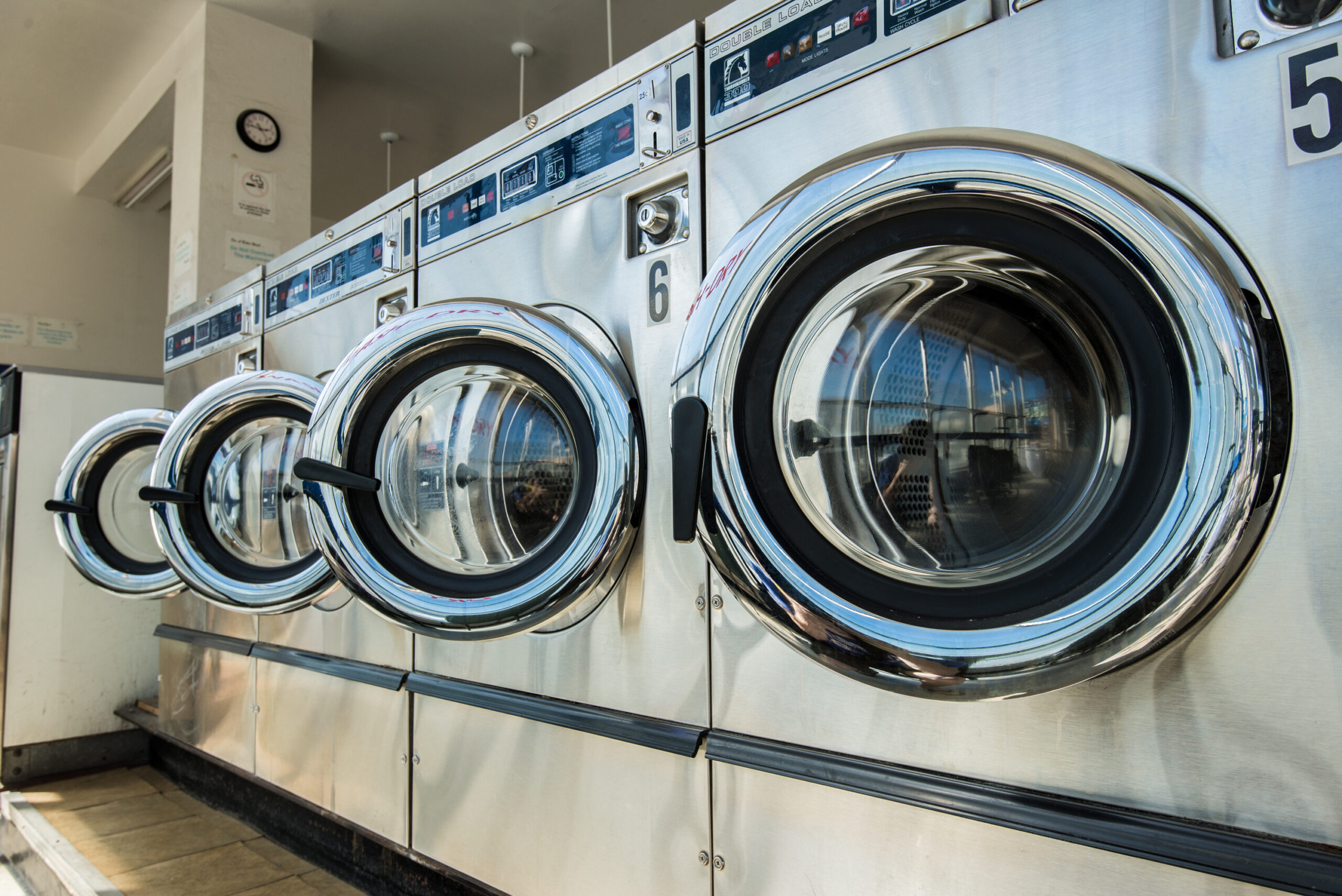A laundry management system is a digital platform that helps laundromat owners and commercial laundry operators run their businesses more efficiently. These systems streamline everything from machine control and payment processing to customer tracking and revenue reporting. Whether you’re running a self-service laundromat, a full-service laundry facility, or a multi-location operation, a laundry management system offers real-time insights and automation tools that improve operations. By connecting machines, staff, and customers through one platform, it helps reduce downtime, improve the customer experience, and increase profitability. This article explains how laundry management systems work and what features they typically include.
System Overview: Centralized Control for Laundry Operations
At its core, a laundry management system is a centralized software platform connected to your washers, dryers, payment systems, and user interfaces. It allows owners to monitor and manage all activity from a web dashboard or mobile app. Machines are connected using interface boards or IoT modules that report cycle status and accept remote commands. Whether you operate one store or several, the system gives you real-time visibility into what’s happening. These platforms often include cloud storage, so data is securely accessible from anywhere.
- Web-based dashboards with real-time data
- Cloud storage for performance, revenue, and customer data
- Integrated with smart payment systems and loyalty programs
- Compatible with self-service, full-service, or hybrid models
- Helps owners manage remotely from laptop or phone
Machine Integration and Remote Monitoring
Modern laundry management systems connect directly to commercial washers and dryers using embedded hardware. This allows each machine to report usage, errors, and cycle status to the platform. As an owner, you can see which machines are running, which are idle, and when they finish. You can also set pricing rules, cycle settings, and machine availability without being on-site. These features help reduce downtime and improve energy efficiency.
- Monitor machine usage in real time
- Receive alerts for machine errors or service needs
- Adjust prices based on time of day or machine type
- Remotely lock or unlock machines if needed
- Track total cycles, revenue per machine, and maintenance status
Payment Processing and Customer Access
One of the biggest advantages of a laundry management system is its ability to handle cashless payments. Customers can pay using cards, mobile wallets, or apps instead of coins. Systems like The Laundry Boss also include customer loyalty features, refunds, and balance tracking through mobile apps. Owners benefit by reducing cash handling, simplifying refunds, and offering a more modern experience. These systems often support both attended and unattended locations.
- Accept payments via credit/debit cards, mobile apps, and QR codes
- Load funds to customer accounts through a mobile wallet
- Track user history and reward loyal customers with points
- Allow app-based machine start and cycle notifications
- Enable digital refunds or promotional offers
Wash-and-Fold and Delivery Management
For laundromats that offer full-service options, laundry management systems can also track drop-off and delivery orders. These features include order labeling, staff task tracking, and route optimization for drivers. Customers can schedule pickups, track orders, and pay online through integrated platforms. Staff can use tablets or kiosks to update order status and print tickets. This functionality is essential for scaling revenue beyond walk-in customers.
- Create and track customer orders by weight or item
- Print order labels and receipts for staff
- Manage delivery routes and customer communication
- Track turnaround times and order completion rates
- Sync with customer databases for repeat service
Analytics and Reporting
Laundry management systems collect data across machines, payments, and customer behavior. This data is presented in visual dashboards and exportable reports. Owners can view revenue per day, average cycle time, busiest hours, machine performance, and more. These insights help optimize staffing, pricing, maintenance schedules, and marketing. Over time, using analytics can lead to significant cost savings and higher margins.
- Track daily, weekly, and monthly revenue
- Identify underperforming machines or slow time blocks
- Monitor customer frequency and top users
- Export data for accounting or tax reporting
- Adjust pricing or promotions based on trends
Multi-Store Compatibility and Staff Management
If you own multiple locations, laundry management systems allow you to oversee all of them from a single login. You can assign user permissions, monitor performance by store, and compare revenue or usage between locations. Some systems allow staff to clock in, manage tasks, and communicate with management through built-in tools. This reduces the need for multiple software systems and keeps everything centralized.
- Manage several locations from one dashboard
- Set unique pricing or promotions per store
- Control staff access by role or function
- View side-by-side performance comparisons
- Streamline HR, scheduling, and maintenance tracking
Conclusion
A laundry management system combines machine control, customer engagement, and business analytics into one easy-to-use platform. It empowers laundromat owners to reduce overhead, increase uptime, and provide a more modern laundry experience for their customers. With features ranging from remote pricing to delivery management and customer loyalty, these systems are essential for competitive operators today. Choosing the right platform tailored to your business model can transform your laundromat from a basic utility into a high-efficiency, data-driven enterprise.
- Gain real-time visibility into your entire operation
- Automate pricing, machine control, and customer communication
- Improve customer satisfaction with fast, modern service
- Scale efficiently with integrated software and mobile tools
- Make better decisions using data, not guesswork








